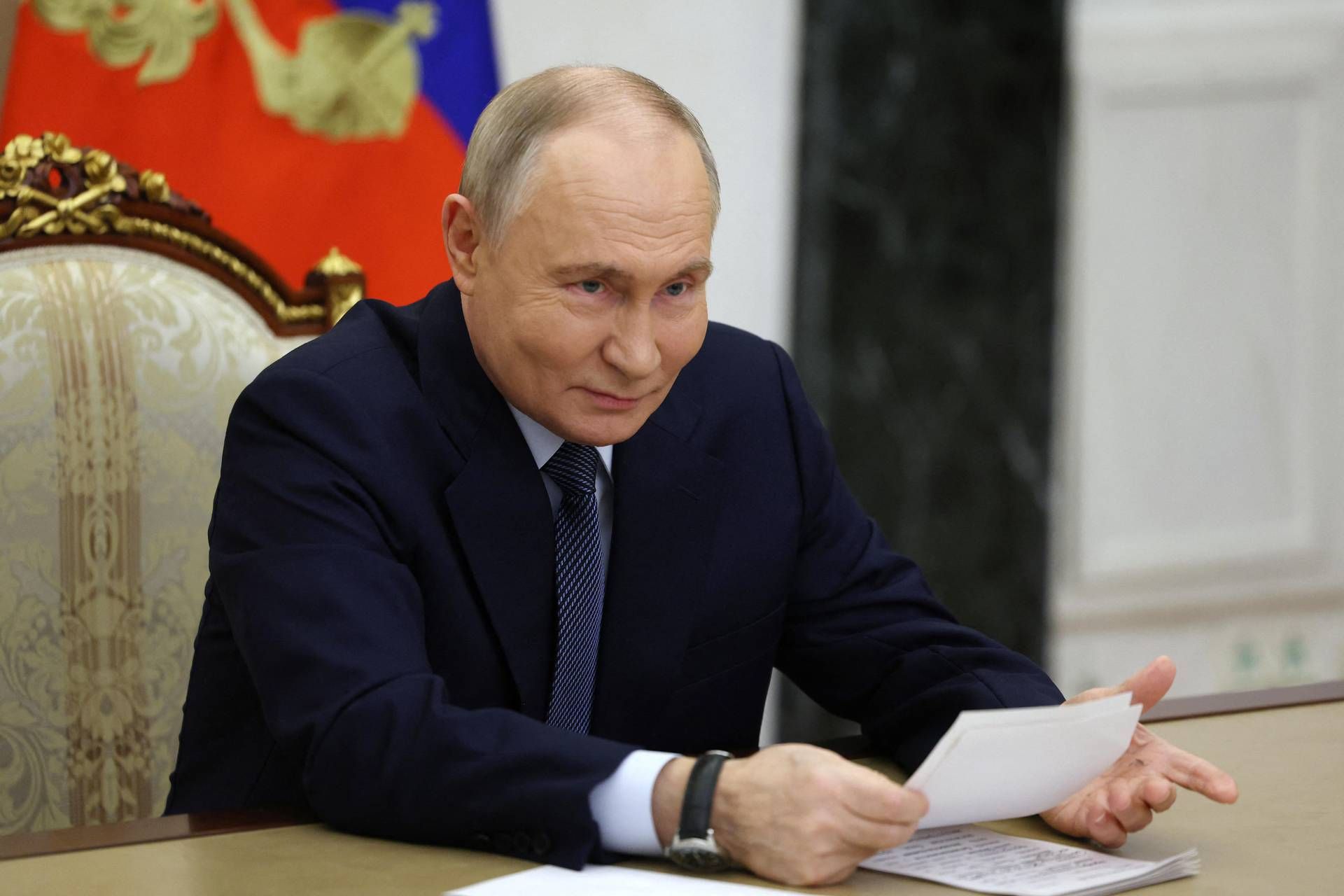The front of the war between Russia and Ukraine “is moving westward”, albeit “slowly” and not “eastward”. Translated, Vladimir Putin advances in the ongoing conflict for over 1000 days. The messages arriving from NATO Secretary General, Mark Rutte, have a decidedly different tone compared to those arriving from Evere headquarters, on the outskirts of Brussels, until a few months ago.
The NATO alarm: “Russians are advancing up to 10 km a day”
Kiev is preparing to face “a difficult winter” and will need all the help possible from the West to be able to arrive at the “negotiating table in a position of strength”. Therefore, Rutte underlined, “less discussions are needed on what a peace agreement could look like more military aid“, which is what Kiev really needs.
Even more indicative, if possible, are the messages that arrive off the record. The front lines in Ukraine, a senior NATO official explained, are under “increasing” pressure from Russian forces. The pace of the advance of Moscow’s troops is increasing: if before “Russian forces advanced ten meters a day”, today there are days when “they gain ground at the rate of ten kilometers a day“. The change in the tenor of the messages signals, in all likelihood, that in Brussels they have decided that it is appropriate to make public opinion aware of the seriousness of the situation.
To date, in quite a few European countries, especially those further west, which feel less threatened by Russia, opposition to sending weapons to Ukraine in the fight against the invader is widespread.
Ukraine resists in Kursk, Russia sacrifices cannon fodder
In the Russian Kursk region, the NATO source reported, Ukrainian forces “still control around two-thirds of the 8-900 square km of territory” that they had conquered last August, despite the “Russian counter-offensive” that had been underway for some time in the area. NATO expects that Moscow’s forces “will continue to try to weaken the Ukrainian forces, using the mass” to conquer the “defensive positions” of the enemies and thus achieve “tactical gains” on the field.
The seasonal conditions, the source noted, “have not yet produced any reduction in the offensive operations of the Russian forces, which maintain a significant quantitative advantage” over the Ukrainian ones in terms of “ammunition, men and equipment”.
The Russians, according to Alliance estimates, “probably recruit 30,000 new soldiers per month and, in this way, they are able to “absorb massive losses”, while attempting to “sink” the Ukrainian forces using mass shock force. The Russians also “intensified bombing of critical infrastructure,” particularly power plants.
“Without a doubt”, however, there has been an “increase in the pace of the Russian advance and the attacks that have been seen against Ukrainian infrastructure are clearly part of an orchestrated campaign to increase the pressure” that the Ukrainian people feel in the ” everyday life”, while “winter advances”.
Rutte: “Zelensky is right to ask for more weapons”
For Rutte, therefore, Ukrainian president Zelensky “is right to ask for military aid not only offensively, but also defensively”, to protect the energy infrastructure, which the Russians are targeting to weaken the civilian population.
“We agree on the fact – continued Rutte – that we must strengthen Ukraine because today, as we speak, the front is not moving from west to eastbut from east to west. Slowly, with many losses on the Russian side”. For NATO, today there are “700 thousand” Russian victims, including “dead and seriously injured”.
Moscow “is paying a very high price, but it is a fact that the front is not moving towards the east”, but “towards the west”. The secretary general made a point of focusing attention on the immediate needs: the allies, he said, “agree on the fact that Ukraine’s future lies in NATO. At the Washington summit we spoke of the ‘irreversible path’ towards the Alliance” .
But, added Rutte, “I think we need to focus a lot on what is needed now. And what what is needed now is for military aid to reach Ukraine, because it is crucial for them: If they decide to talk to the Russians, they will do so from a position of strength.”
Italy prepares tenth aid package
NATO, he added, welcomes “the further military aid” to Ukraine “announced by the USA, Germany, Sweden, Estonia, Lithuania and Norway”, but “we all must do more: the stronger our support will be right now, the sooner we can end Russian aggression once and for all in Ukraine.” Foreign Minister Antonio Tajani said Italy’s 10th military aid package is “ready” and which will be sent “by the end of the year”.
Furthermore, for Rutte, “North Korea’s involvement in this war, in aid of Russia, is a huge escalation, which threatens not only Ukraine, but also South Korea, Japan and the USA”. Because “North Korea does not deploy troops without getting money, there is no doubt about that, but also missile technology. This brings the Atlantic and Indo-Pacific theaters closer together.”
Over 12 thousand North Koreans at war
According to NATO sources, North Korean soldiers present in the Russian Kursk region are “over twelve thousand”although “we cannot confirm” that they have already been engaged in battle. Zelensky told Japan’s Kyodo News agency that some Pyongyang soldiers had already fallen in battle, without giving further details.
The great unknown is the intentions of the new president of the United States of America Donald Trump on the war in Ukraine, but the secretary general reported that he concentrated his conversation with the tycoon at Mar-a-Lago in Florida last month, on a few points, including the military spending of the European Allies (2% of GDP “is not enough”, Rutte insisted) and on the need for Ukraine to conclude a “good agreement” with Russia, so that the conclusion of the conflict in course will be watched carefully also in other parts of the world.
